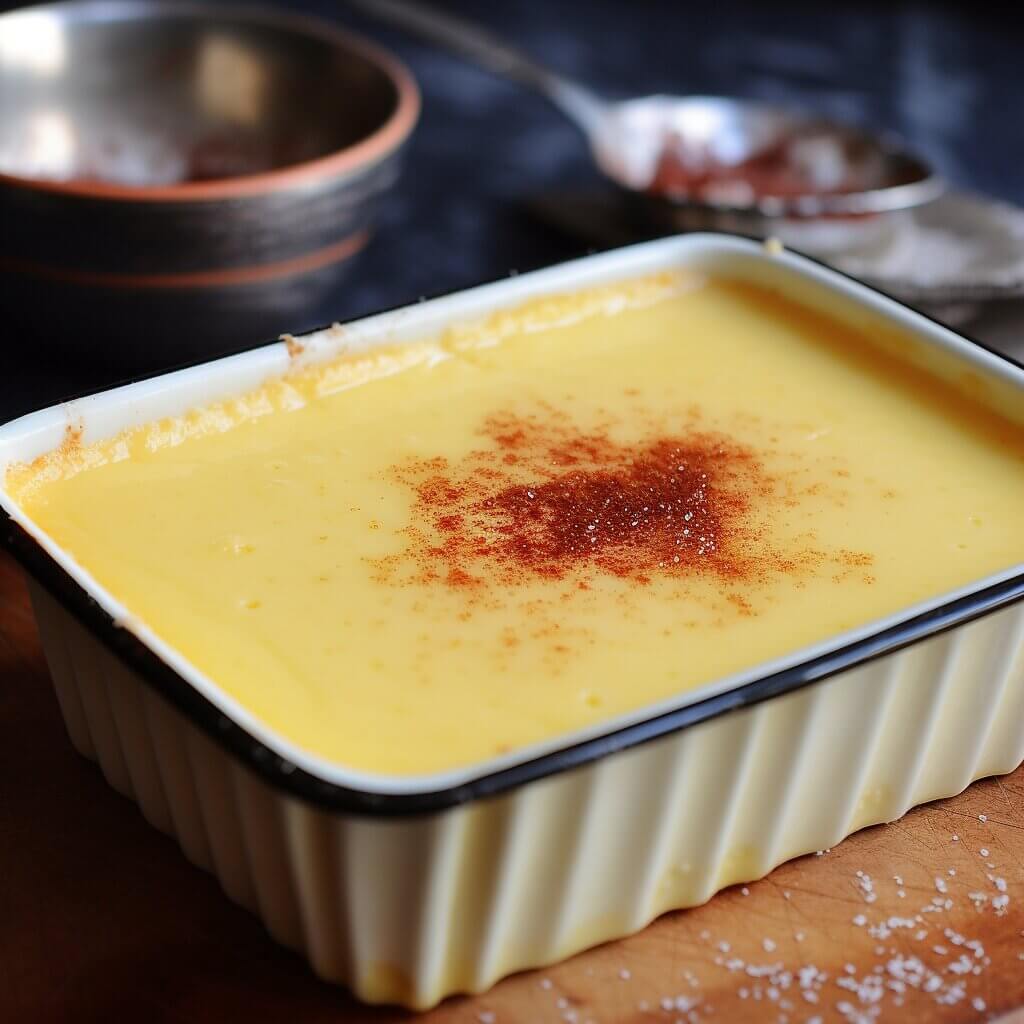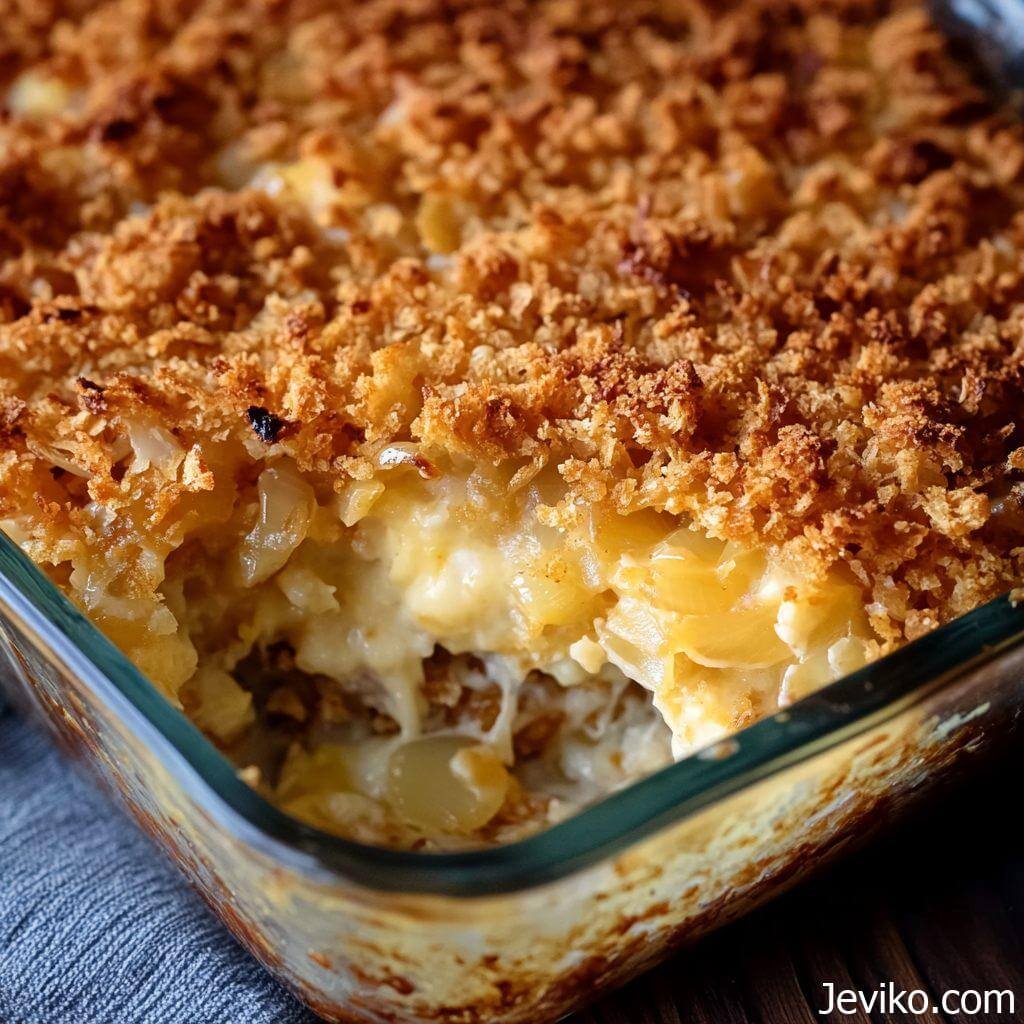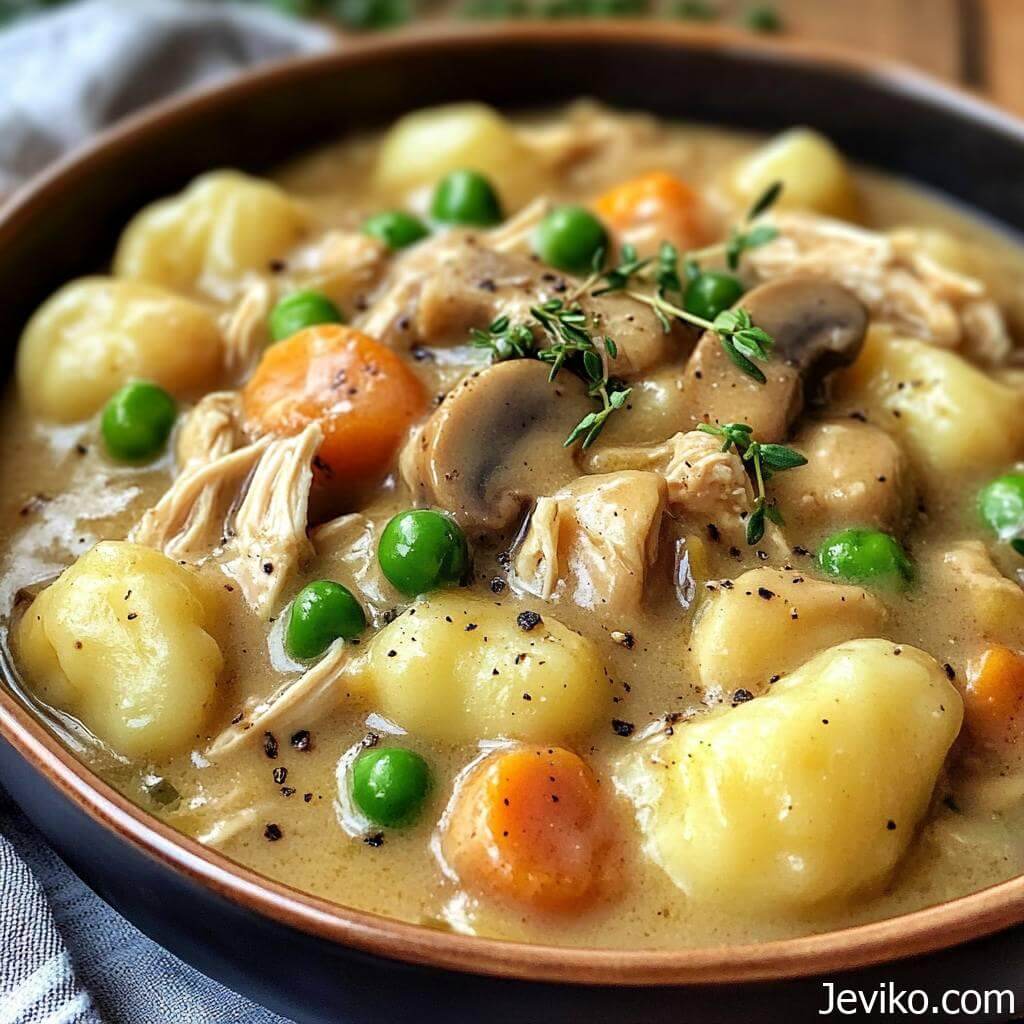
Have you been dreaming of sinking your spoon into a perfectly creamy, smooth-as-silk custard? One that glides over your tongue in a wave of sweet, eggy richness? Well, friends, dreams really do come true! This egg custard recipe delivers a decadent dessert made simple, bringing the luxurious taste of a high-end bakery right to your own kitchen.
Just a few basic ingredients come together to create custard magic in this easy recipe. Each bite gently melts away, leaving behind happiness on your taste buds. Whether you’re a novice baker or a seasoned pro, you can feel like a rockstar with this impressive, elegant dessert. Say bye-bye to custard woes and let this fool-proof method give you custard success!
I’m so thrilled to walk you through how to make the creamiest, dreamiest egg custard you’ve ever tasted. Clear your calendar and preheat your oven – a sublime custard experience awaits! With just a little time and a few standard pantry staples, you can sink your spoon into these lush custard cups for a decadent delight. Join me on this journey to custard paradise! Grab your apron and let’s get baking.
What type of eggs work best for custard?
Large grade A or AA eggs with bright orange yolks are ideal. The larger the egg, the more rich and creamy your custard will turn out. Smaller eggs may cause the custard to overcook and become rubbery.
Does the type of milk matter when making custard?
Whole milk is best as it contributes richness and body. Lower fat milks like 2% or skim will lead to a thinner, less creamy texture. For ultra decadent custard, try half-and-half. Avoid non-dairy milks as they may curdle when baked.
What causes weeping or watery custard?
Overbaking is the main culprit. Check early and often while baking. As soon as the custard is just set but still jiggles a bit, immediately remove from oven. Letting it bake too long will cause water to separate out.
Why do I need a water bath for baking the custards?
The water bath provides gentle, even heating so the delicate custards cook slowly and smoothly. This prevents overcooking on the outside while the interior is underdone. The water insulates the custards.
How do I know when the custard is finished baking?
Check for doneness by gently shaking the ramekin. The center should still jiggle slightly. If completely firm, it is overbaked. The residual heat will finish cooking it properly as it cools.
How long does custard need to chill before serving?
At least 2 hours of chilling time is ideal for the custard to set up. This results in the thick, creamy texture you want. If rushed, the custard may seem too loose.
Prep Time: 10 minutes
Cook Time: 45 minutes
Total Time: 55 minutes
Ingredients:
- 4 large eggs
- 2 cups whole milk
- 1/2 cup white sugar
- 1 teaspoon pure vanilla extract
- 1/4 teaspoon salt
- Ground nutmeg for garnish
- Instructions:
- First, let’s gather our ingredients. You’ll need just a few simple items to make this delightful custard. Eggs provide the base and structure, while milk gives it a lovely creamy texture. Sugar sweetens, vanilla enhances the flavor, and a pinch of salt balances everything out.
- Preheat your oven to 350°F. As the oven heats up, we can prepare our custard mixture. In a large bowl, beat the eggs until blended and smooth. Now slowly whisk in the milk, sugar, vanilla, and salt. Mix thoroughly until fully incorporated.
- Pour the egg mixture into four 6-ounce ramekins. Place the ramekins in a baking pan and fill with enough hot water to come halfway up the sides of the dishes. This water bath will gently cook the custard.
- Carefully place the pan into the preheated oven. Bake for 45 minutes, or until the custards are set but still jiggle slightly in the center when gently shaken. The insides should not be liquid.
- Remove the ramekins from the water bath and allow to cool slightly. Then refrigerate for at least 2 hours before serving. This allows the custard to chill and thicken.
- When ready to serve, top each ramekin with a sprinkle of nutmeg. Dig your spoon into the silky smooth custard for a decadent dessert treat!
Cooking Tips:
- Use large eggs for the creamiest, richest texture.
- Whisk the egg mixture vigorously to prevent lumps.
- Check custards often to prevent overbaking.
- Allow proper cooling time so custard sets up properly.
- Store leftovers covered in the refrigerator for 2-3 days.
- Garnish with cinnamon or shaved chocolate instead of nutmeg if desired.










love the recipes